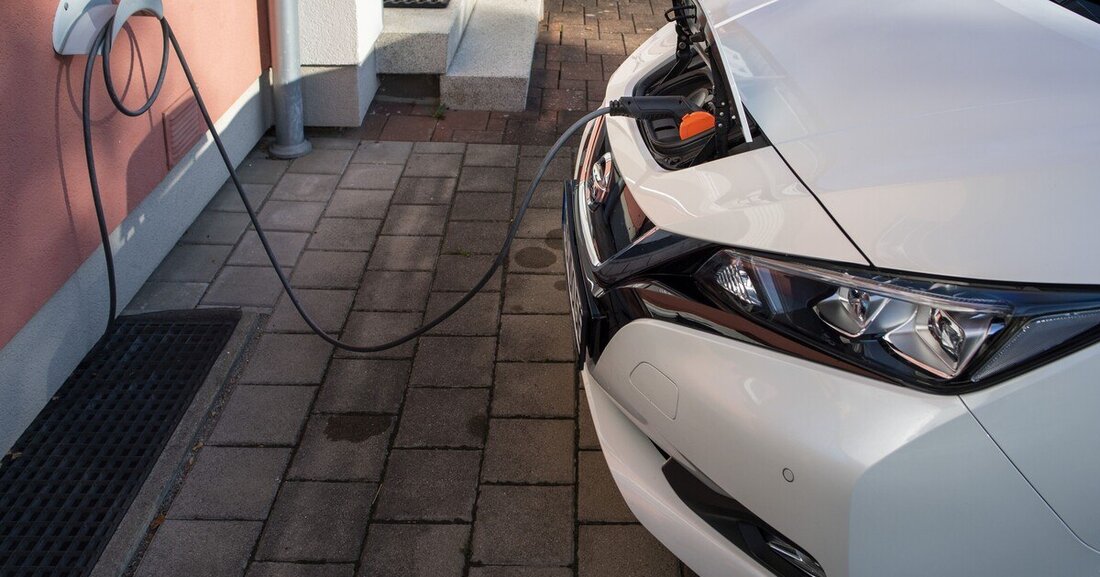Charge your electric car without losses
The ÖAMTC has investigated how you can charge your electric car at home in the most environmentally friendly and cost-effective way.

Charge your electric car without losses
If you generate the electricity to charge your electric car with a photovoltaic system on your own roof, you can kill two birds with one stone, explains ÖAMTC e-mobility expert Markus Kaiser. On the one hand, PV systems supply 100% green electricity and, on the other hand, do not incur any costs when charging. “At first it sounds like the perfect solution,” says Kaiser, but he adds: “Unfortunately, it’s not that simple, because on the one hand the costs of installing such a system have to be taken into account, and on the other hand – ideally in advance – questions of technology and compatibility have to be clarified.” It is important to know: The charging process usually only starts at at least six amperes, so a PV surplus of at least 1.4 kW is required. In order to make the best possible use of solar radiation, the electric car should, if possible, be connected to a PV system during the day that is optimally aligned with the sun.
Solar and grid power
The comparatively cheap way to start generating electricity from your own roof is PV surplus charging supplemented by grid power. “This variant is suitable for small PV systems with low output, whereby it is important to keep the share of grid energy as low as possible,” says Kaiser. The charging power in the car or in the wallbox should therefore be reduced according to the respective generation of your own PV system, which of course increases the charging time. Some wallboxes automatically optimize the charging performance. Another strategy is to charge the car only with excess PV electricity. In this case, the charging process only starts when there is enough energy from the roof - with the disadvantage that the flow of electricity stops when the sunlight decreases, for example due to passing clouds.
Electricity storage consumes energy
If you want to charge your electric car as quickly as possible and only with electricity from your own roof, you should invest in an automatic energy management system and possibly even a stationary power storage system. “The energy management recognizes how much electricity comes from the PV system and charges it into the car using an intelligent wallbox,” explains the ÖAMTC expert. A power storage system collects the solar power so that charging can be carried out even at night and during periods of bad weather. “You shouldn’t forget that the costs for a correspondingly large storage system are in the range of several thousand euros,” says Kaiser, and continues: “Apart from that, the efficiency of direct charging from the roof is significantly higher because charging and discharging the stationary power storage system is not loss-free.”

 Suche
Suche
 Mein Konto
Mein Konto